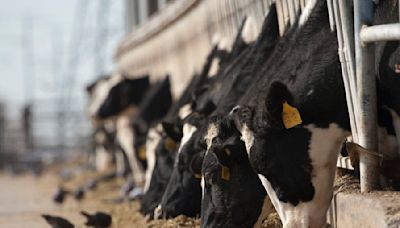Search results
Coronavirus disease (COVID-19) is an infectious disease caused by the SARS-CoV-2 virus. Most people infected with the virus will experience mild to moderate respiratory illness and recover without requiring special treatment. However, some will become seriously ill and require medical attention.
Apr 21, 2023 · Summary. Viruses are microscopic particles that are present in animals, plants, and other living organisms. They can sometimes cause diseases, such as the flu and COVID-19. Viruses are...
Key points: A virus is an infectious particle that reproduces by "commandeering" a host cell and using its machinery to make more viruses. A virus is made up of a DNA or RNA genome inside a protein shell called a capsid. Some viruses have an external membrane envelope. Viruses are very diverse.
A virus is a tiny infectious agent that reproduces inside the cells of living hosts. When infected, the host cell is forced to rapidly produce thousands of identical copies of the original virus. Unlike most living things, viruses do not have cells that divide; new viruses assemble in the infected host cell.
Oct 19, 2023 · noun. pathogenic agent that lives and multiplies in a living cell. Viruses are tiny infectious agents that invade host cells and cause disease. Although they are harmful, viruses also have interesting technological potential.
virus, Microscopic, simple infectious agent that can multiply only in living cells of animals, plants, or bacteria. Viruses are much smaller than bacteria and consist of a single- or double-stranded nucleic acid (DNA or RNA ) surrounded by a protein shell called a capsid; some viruses also have an outer envelope composed of lipid s and proteins.
Feb 22, 2019 · Inside their cellular hosts, viruses can create an enormous number of copies and spread the infection to other cells. For example, if you get the flu, your body will be riddled with some hundred ...

